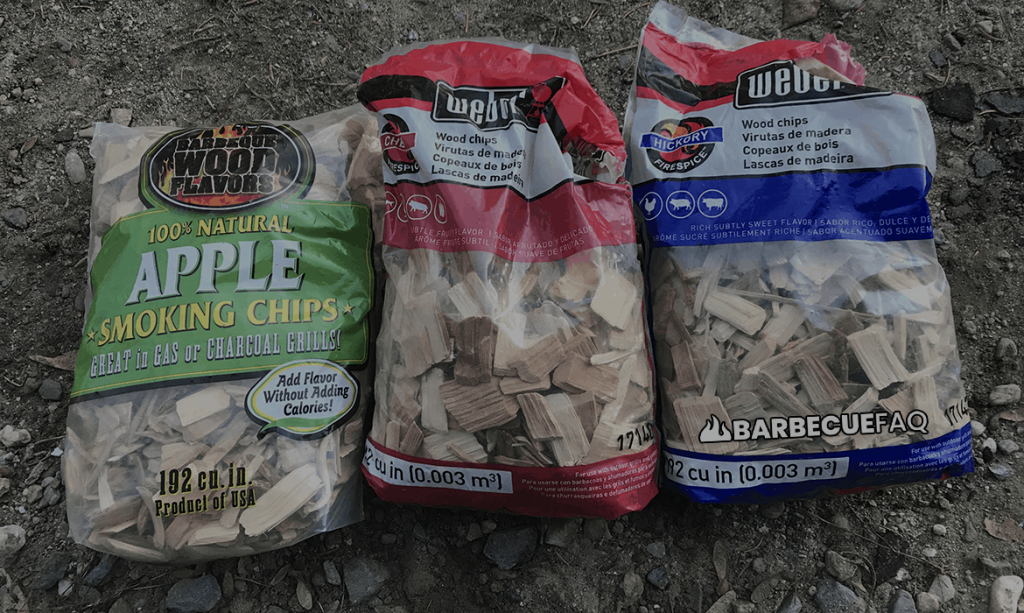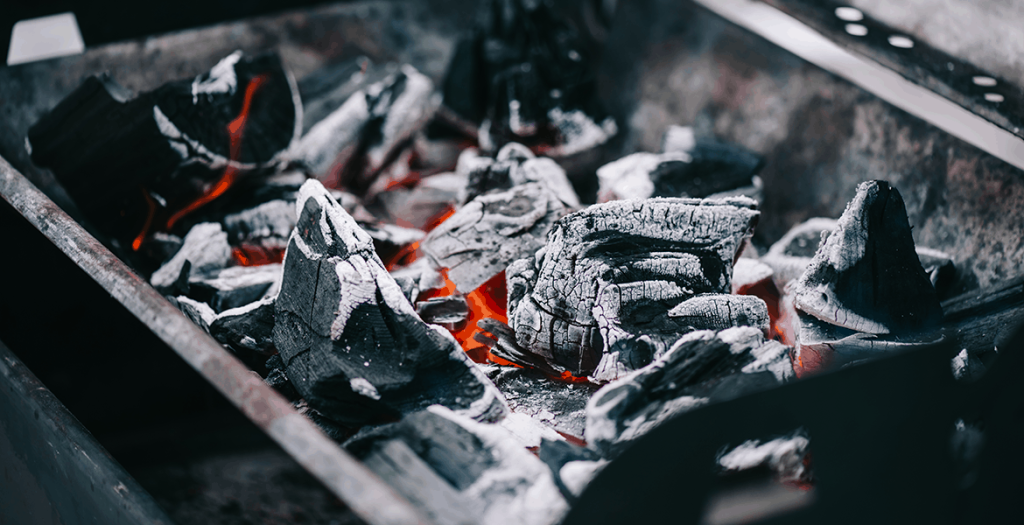Silver skin is a thin membrane of protein elastin that surrounds skeletal muscle.
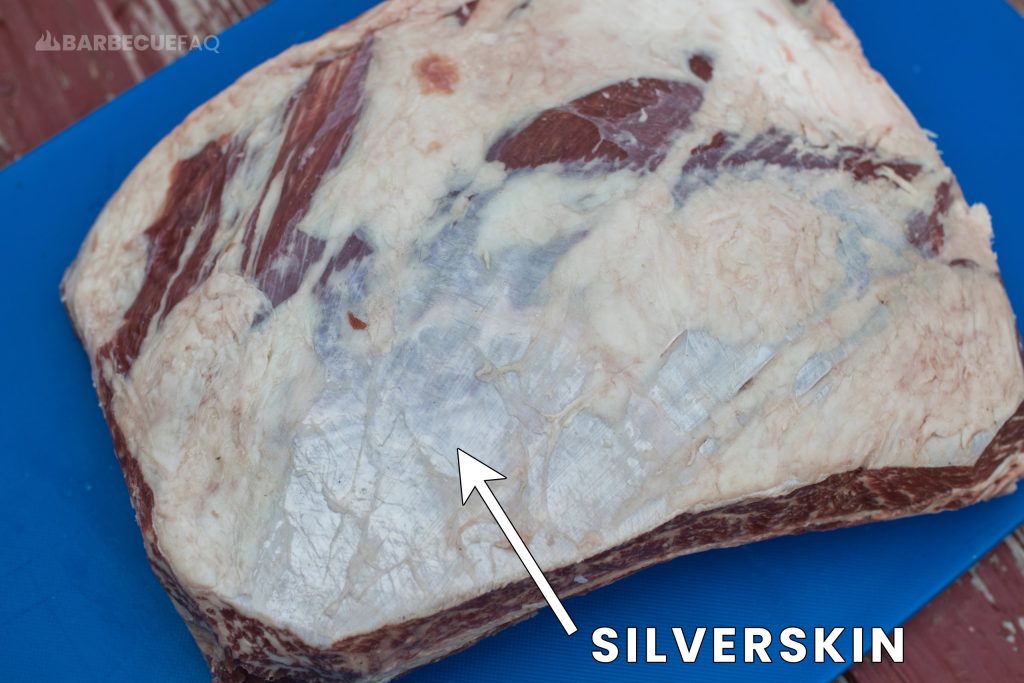
The purpose of the silverskin is to separate and support muscles, allowing them to slide past each other easier.
When cooked though, this silverskin is essentially inedible and provides nothing to the cooking or eating experience and it’s typically best to remove it.
Just like the meat (which is a protein), it shrinks.
Only when meat shrinks the collagen denatures and dissolves, the fat renders, and the protein remains.
With silverskin, it shrinks, in some cases corkskrews and becomes like rubberbands.
Is Removing Silverskin and Other Membranes Absolutely Necessary?
Yes and no.
First, let’s talk about membrane.
On beef short ribs, most people leave the membrane on the bone side. The idea being that it gives the meat something to anchor itself too.
Here’s an example with beef ribs I was wrapping; The shriveled stuff attached to the bone is membrane.
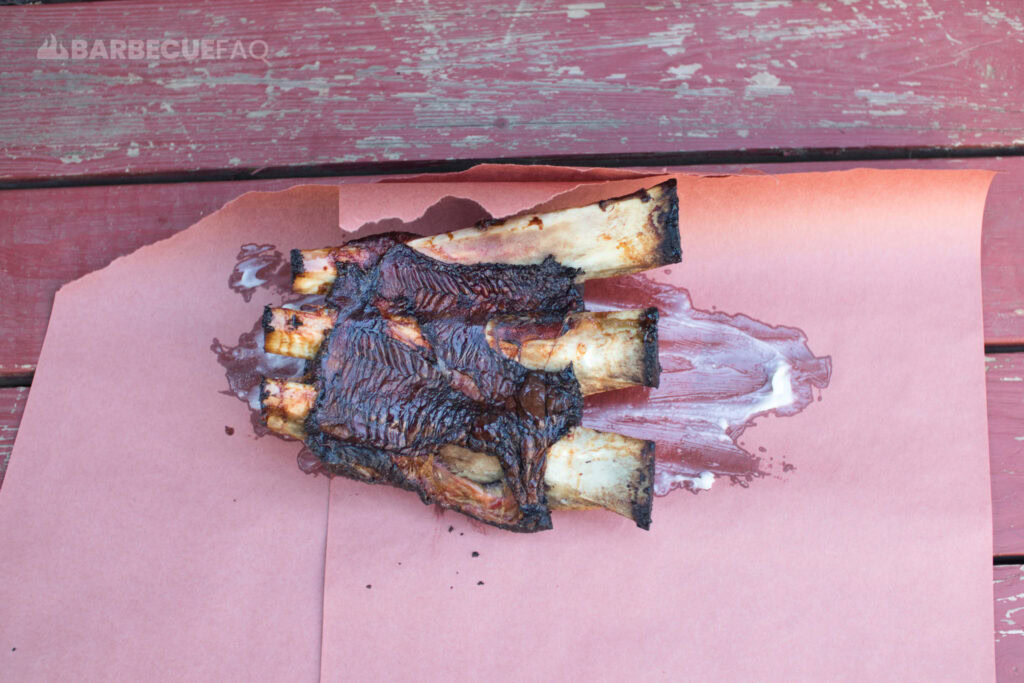
Without this membrane, the meat would slide right off the top of the bones – it’s basically an anchor.
Since all the meat is on top of the bones, removing it is a moot point because there’s no risk of eating it.
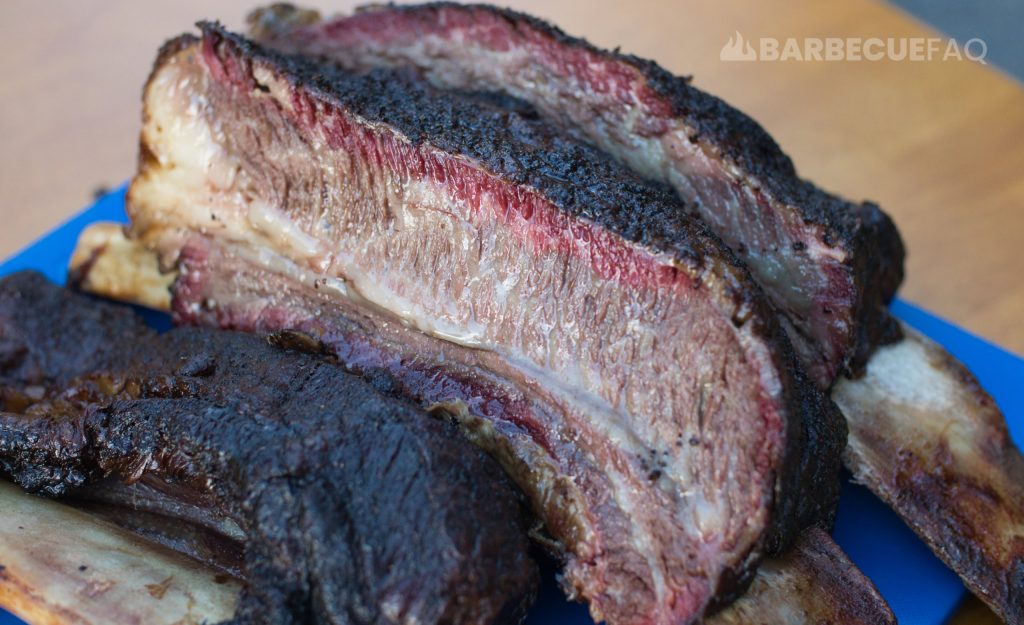
For something like beef back ribs, all the meat is between the bones and you could technically eat it.
Typically if I’m smoking these, I remove it.
If I’m doing direct heat BBQ (below) @ around 325F – I leave it on because it’ll crisp up and turn crunchy.
Some people may not like that though.
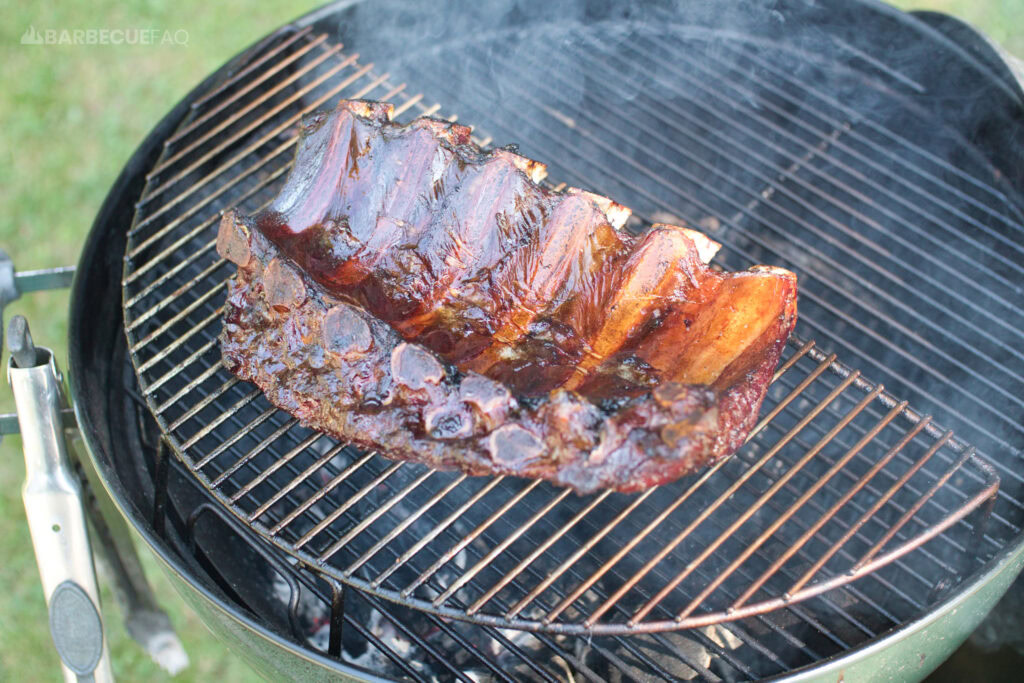
On pork ribs, the membrane is less substantial.
This is why you can get away with scoring it and why the mouthfeel isn’t a big concern.
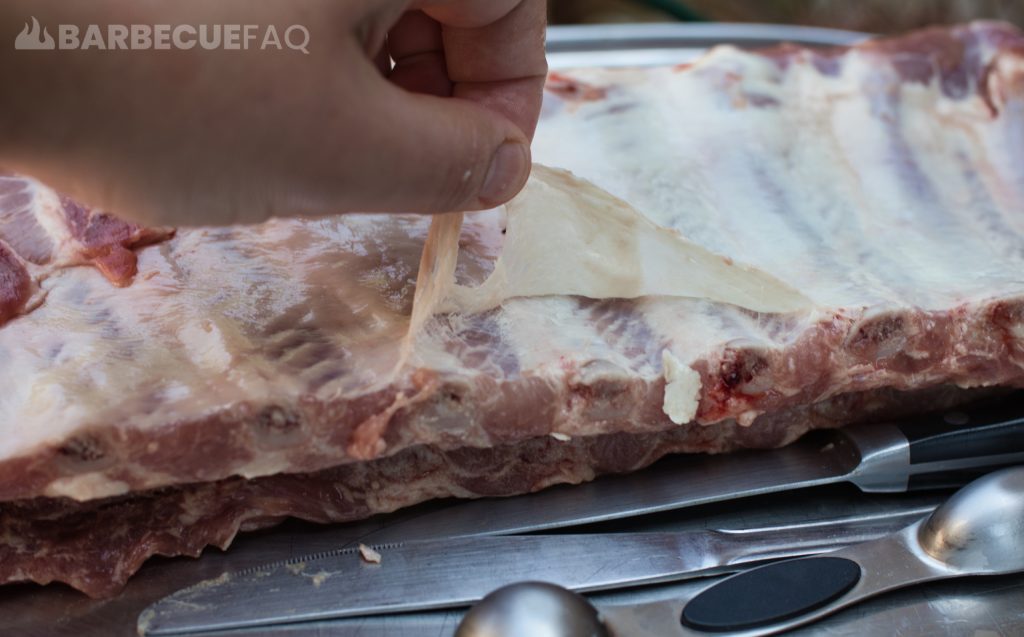
Next, let’s talk silverskin
For something like beef ribs where I’m smoking low and slow for 8-10+ hours – I notice the silverskin less so, if at all.
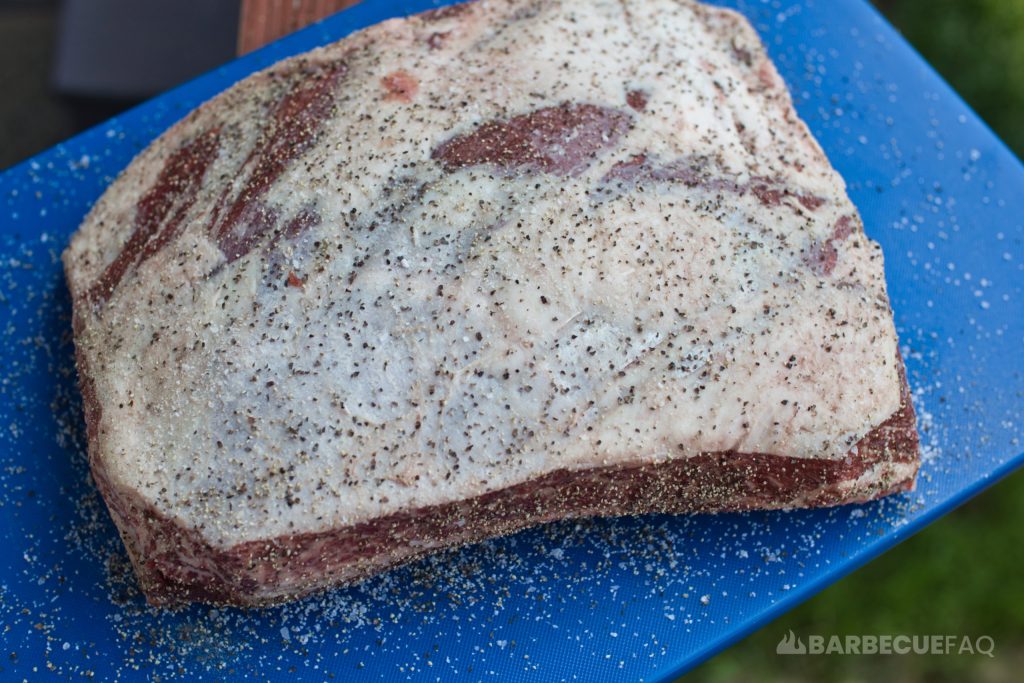
Here’s these ribs after smoking:
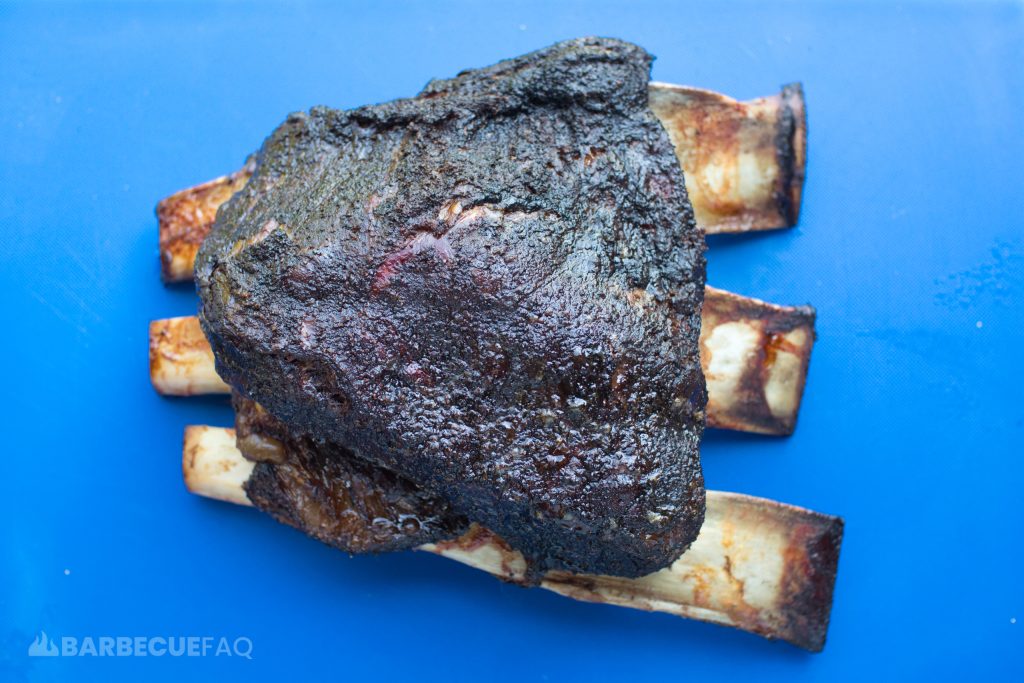
The meat has shrunk but the silverskin isn’t noticeable and none of my guests noticed it either.
I’ve tested this dozens of times with removing silverskin on beef short ribs.
The difference is truly negligible at best – no difference in:
- Mouthfeel
- Seasoning
- Tenderness
- etc.
When is there a difference then?
When you’re grilling at 350F+, silverskin can tend to shrink rapidly; For instance with a pork tenderloin, it might even corkskrew.
For say dehydrated beef jerky, any silverskin will shrink and result in a “rubber” band mouthfeel and a noticeable snap that’s off-putting.



